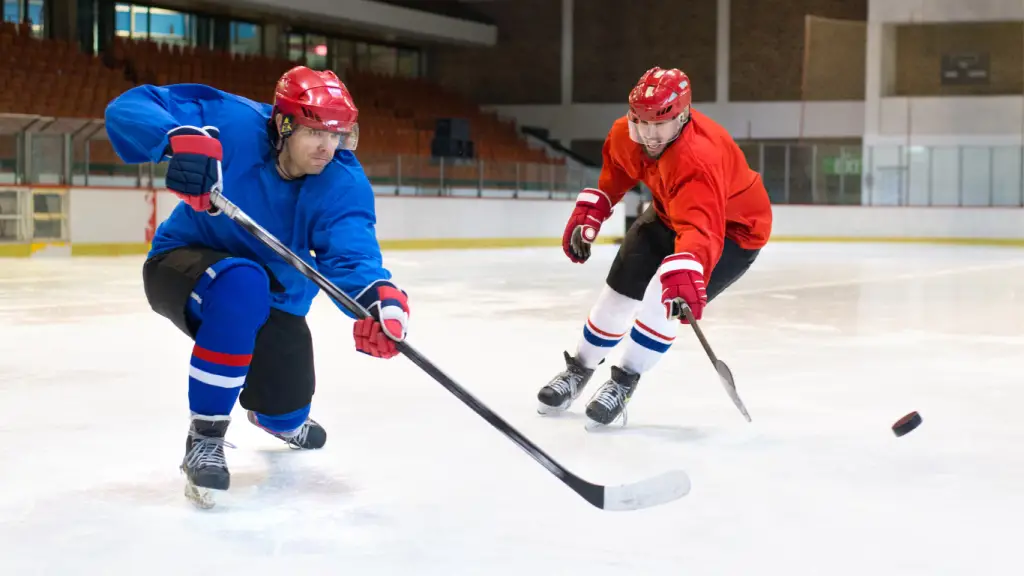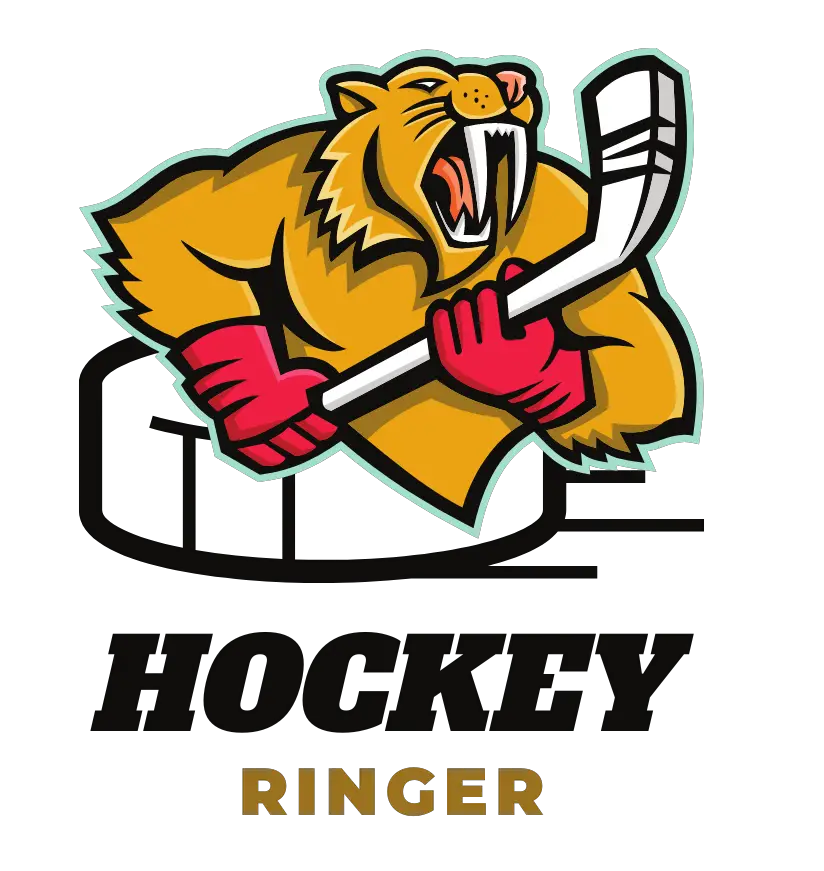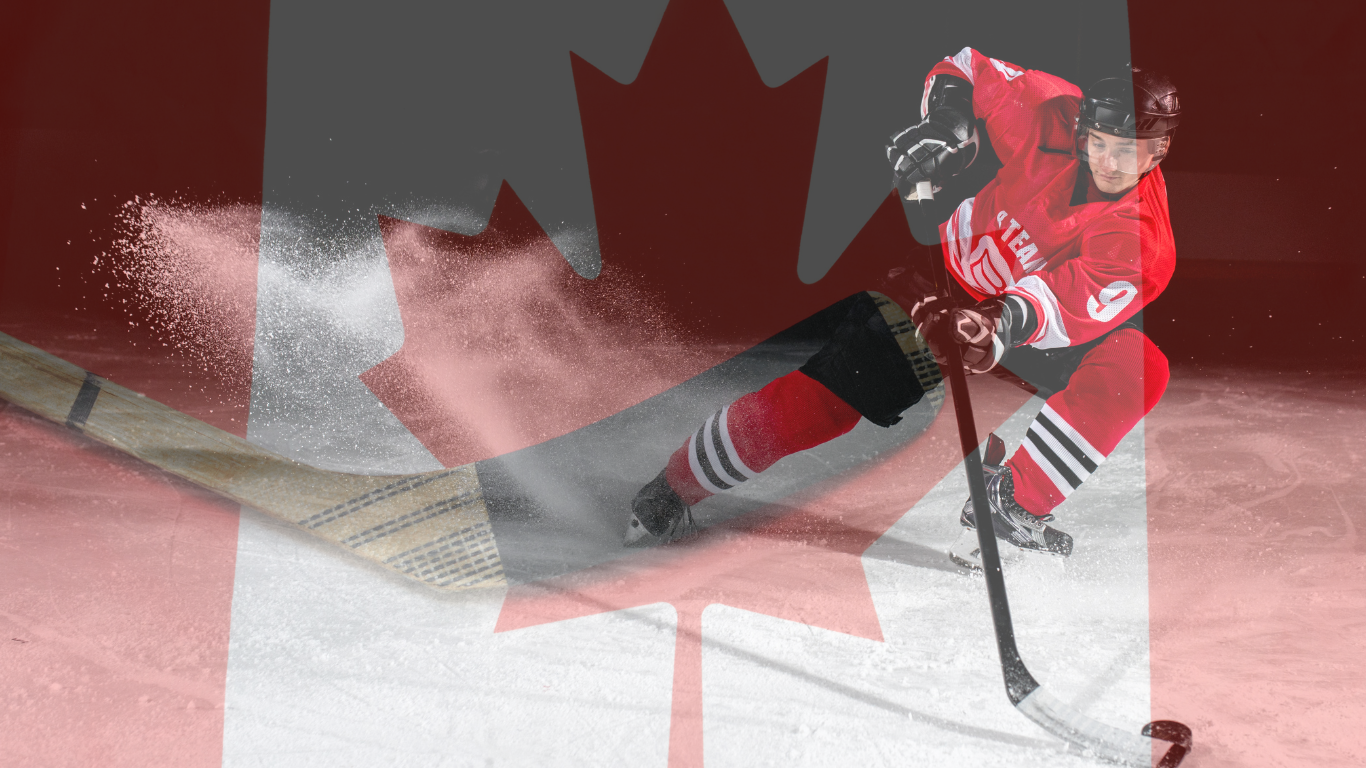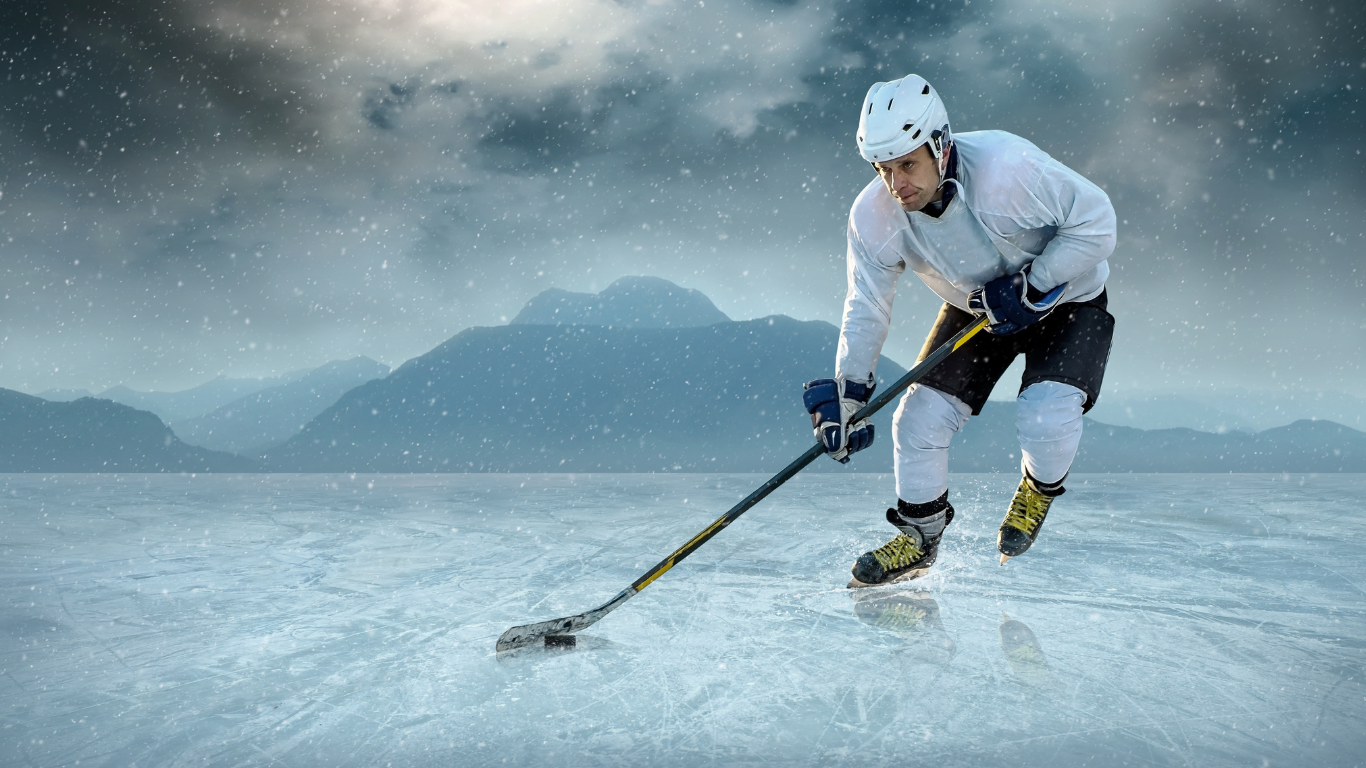Checking in ice hockey is a critical defensive strategy designed to disrupt an opponent possessing the puck or to separate them from the puck entirely. To effectively execute a check, positioning is key: the defender must be in front of the attacker and situated between them and the goal.
Timing is also crucial; the defender must time their check to avoid incurring penalties. Illegal checks should be meticulously avoided, including hitting from behind, checking to the head, and boarding.
There are several types of checks in ice hockey, with body checking being the most prevalent. This type of check involves using the body to separate the opponent from the puck. Other checks include hip checking, where a player employs their hip to knock an opponent off balance, and shoulder checking, where a player uses their shoulder to hit an opponent. Additionally, the lift check is a strategic move where the defender lifts the opponent’s stick off the ice to snatch the puck from underneath, showcasing the variety of methods players can use to regain puck control.
How to Check in Ice Hockey?

What is Checking in Ice Hockey?
Checking is a fundamental aspect of ice hockey, where a player deliberately makes physical contact with an opposing player in possession of the puck. The objective of checking is to separate the player from the puck, gain possession of the puck, or disrupt the opposing team’s play.
Checking is an essential part of the game, but it is also regulated by rules to ensure player safety. The rules on checking in ice hockey have evolved over time and vary depending on the level of play and the league.
Types of Checks
Ice hockey has several types of checks, and each has its own purpose and technique. Here are the most common types of checks:
- Body Check: This is the most common type of check, where a player uses their body to hit an opposing player. The player delivering the check must keep their elbows down, feet on the ice, and hit the opposing player’s body, not their head or neck.
- Stick Check: This is where a player uses their stick to poke or sweep the puck away from an opposing player. The stick must be kept below the opposing player’s waist, and players cannot slash or trip their opponents.
- Hip Check: This is where a player uses their hip to knock an opposing player off balance. The hip check is a legal move, but it must be done correctly to avoid injury.
- Board Check: This is where a player pins an opposing player against the boards. Players must be careful when delivering a board check to avoid injuring their opponent.
In conclusion, checking is an essential aspect of ice hockey, but it must be done within the rules to ensure player safety. Understanding the different types of checks and how to execute them safely is crucial for any ice hockey player.
The Rules of Checking
Legal Checks
Checking is a fundamental aspect of ice hockey that involves a player using their body to separate an opponent from the puck or prevent them from gaining control. However, there are specific rules that players must follow when checking to ensure the safety of all players on the ice.
Legal checks in ice hockey include body, hip, and shoulder checks. Body checking occurs when a player uses their body to hit an opponent who has possession of the puck. Hip checking involves using the hip to hit an opponent, while shoulder checking involves using the shoulder to hit an opponent.
To be considered a legal check, the player must contact the opponent’s body, not their head, neck, or knees. The player must not charge, leave their feet, or hit an opponent from behind.
Penalties for Illegal Checks
Illegal checks in ice hockey include hits to the head, hits from behind, charging, boarding, and elbowing. These types of checks are not allowed in the game and can result in penalties or even ejections.
If a player commits an illegal check, they may be assessed a minor, major, or game misconduct penalty, depending on the severity of the infraction. A minor penalty results in the player serving two minutes in the penalty box, while a major penalty results in the player serving five minutes.
In addition to penalties, players who commit illegal checks may also be subject to disciplinary action from the league, including fines and suspensions.
Skills and Techniques in Checking
Body Checking Techniques
Body checking is an essential skill in ice hockey. It is a legal way to separate an opponent from the puck and gain possession. Here are some techniques to master this skill:
- Angling: Position yourself to cut off the opponent’s path to the puck. This requires good skating skills and the ability to anticipate where the opponent is going.
- Effective use of body: Use your body to block the opponent’s path to the puck. This requires good stability and balance on your skates.
- Hockey stance: Keep your knees bent, back straight, and head up. This will help you maintain balance and mobility while checking.
Stick and Poke Checking Techniques
Stick and poke checking are alternative methods to body checking. They are used when a player is unable to make a body check or wants to avoid a penalty. Here are some techniques to master these skills:
- Stick checking: Use your stick to disrupt the opponent’s stickhandling. This requires good hand-eye coordination and timing.
- Poke checking: Use your stick to poke the puck away from the opponent. This requires good accuracy and timing.
Safety Measures and Injuries
Safety Gear
Wearing appropriate safety gear is crucial to prevent injuries while playing ice hockey. The most essential safety gear includes a helmet, elbow pads, and shin guards. A helmet should fit snugly and be fastened securely to prevent it from moving during play. Elbow pads should cover the entire elbow and fit comfortably. Shin guards should cover the entire shin and be secured with straps.
Common Injuries from Checking
Checking is a fundamental aspect of ice hockey but can also lead to injuries. The most common injuries from checking include concussions, broken bones, and sprains. A concussion occurs when the brain is jolted, causing a temporary loss of brain function. Broken bones are often the result of a hard hit to the body or a fall onto the ice. Sprains occur when ligaments are stretched or torn.
To prevent injuries, players should always follow the rules of the game and avoid dangerous plays. Players should also wear appropriate safety gear and ensure it is in good condition before each game.
Checking Strategy and Tactics
Forechecking and Backchecking
One of the most important strategies in ice hockey is forechecking and backchecking. Forechecking is when a team applies pressure on the opposing team in their offensive zone. This is done to force turnovers and create scoring opportunities. Backchecking, on the other hand, is when a team applies pressure on the opposing team in their defensive zone. This is done to prevent the opposing team from scoring.
When forechecking, the team must be aggressive and apply pressure on the opposing team’s defensemen. This will force them to make mistakes and turn the puck over. When backchecking, the team must be disciplined and stay in position to prevent the opposing team from scoring.
Effective Use of Checking in Game Strategy
Effective use of checking is crucial in game strategy. The team must know when to be aggressive and when to be disciplined. In the offensive zone, the team can use checking to create scoring opportunities. This can be done by applying pressure on the opposing team’s defensemen and forcing them to make mistakes. In the defensive zone, the team can use checking to prevent the opposing team from scoring. This can be done by staying in position and applying pressure on the opposing team’s forwards.
The coach plays an important role in checking strategy. They must communicate the game plan to the team and make adjustments as necessary. The defensive player is also crucial in checking strategy. They must be able to read the opposing team’s plays and anticipate their moves.
Checking in Different Leagues
Checking in Youth Hockey
Checking in youth hockey, particularly at the Bantam level, is less aggressive than in professional leagues. The focus is on teaching proper technique and safety. Checking is allowed, but only in specific situations, such as when a player has the puck or is about to receive it. Checking from behind, into the boards, or above the shoulders is strictly prohibited.
USA Hockey has implemented rules to ensure player safety, such as mandating that all players wear full face shields until the age of 18. Coaches are also required to complete a SafeSport training program to prevent abuse and harassment.
Checking in Professional Leagues
Checking in professional leagues, such as the National Hockey League (NHL), is much more aggressive than in youth hockey. Players are allowed to body check opponents at any time, as long as they are within a few feet of the puck. However, there are still rules in place to protect players from dangerous hits. Checking from behind, to the head, or into the boards can result in penalties, fines, and suspensions.
NHL players are required to wear helmets, mouth guards, and visors, but full face shields are optional. The league has also implemented concussion protocols to ensure that players receive proper medical attention if they are suspected of having a head injury.
Overall, checking is an important aspect of ice hockey, but it must be done safely and within the rules of the league. Whether you are playing at the youth or professional level, proper technique and safety should always be the top priority.
| League | Checking Rules |
|---|---|
| Youth Hockey | Checking allowed in specific situations |
| NHL | Body checking allowed at any time within a few feet of the puck, but dangerous hits are prohibited |
- USA Hockey mandates full face shields until age 18
- NHL players required to wear helmets, mouth guards, and visors
- NHL has implemented concussion protocols to ensure player safety
Frequently Asked Questions
What is a hit in hockey stats?
A hit is a physical contact between two players, where one player uses their body to knock the other player off the puck or off balance. Hits are often used as a way to gain control of the puck or to prevent the opposing team from making a play.
What is icing in hockey?
Icing is a violation that occurs when a player shoots the puck from behind their team’s center red line to the opposing team’s goal line, and the puck crosses the goal line without being touched by another player. This results in a stoppage of play and a faceoff in the offending team’s defensive zone.
USA Hockey body checking age?
In USA Hockey, body checking is not allowed at the 12U (Peewee) and below levels. At the 14U (Bantam) and above levels, body checking is allowed.
Hockey penalties?
Hockey penalties are infractions that result in a player being sent to the penalty box for a set amount of time. Penalties can range from minor penalties, such as tripping or hooking, to major penalties, such as fighting or boarding. The severity of the penalty depends on the nature of the infraction.
Boarding in Hockey?
Boarding is a penalty that occurs when a player checks an opponent from behind and into the boards. This is a dangerous play that can result in serious injury, and is therefore penalized severely.
How do I get better at checking in hockey?
To get better at checking in hockey, you should focus on improving your skating ability and your physical conditioning. You should also practice proper checking technique, including body positioning and timing. Finally, you should study the game and learn when and where to make a check to be most effective.




Leave a Reply